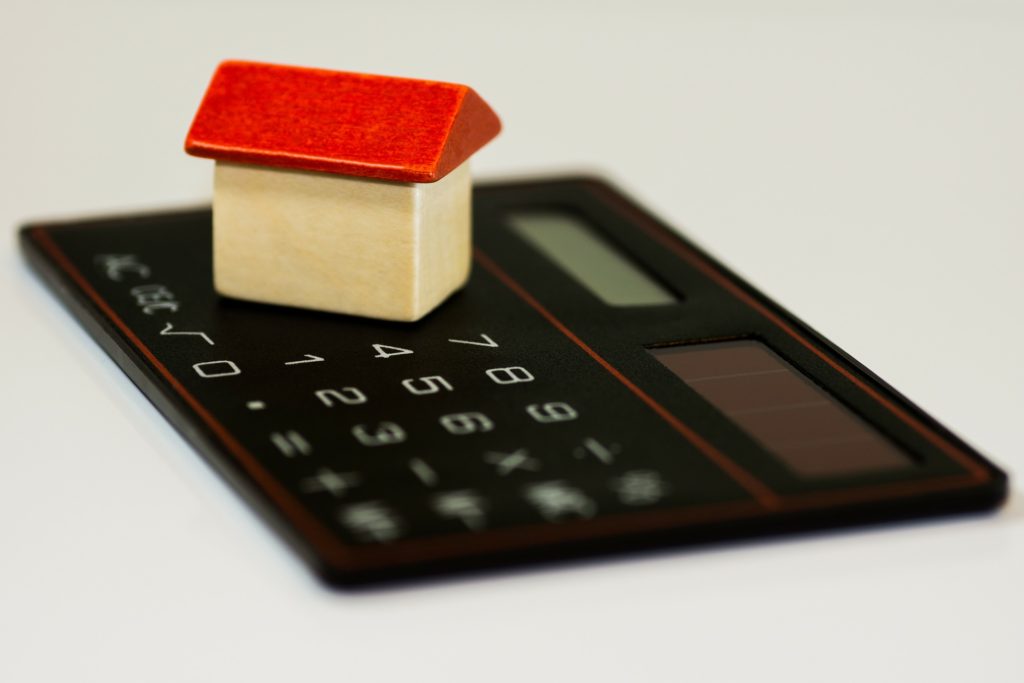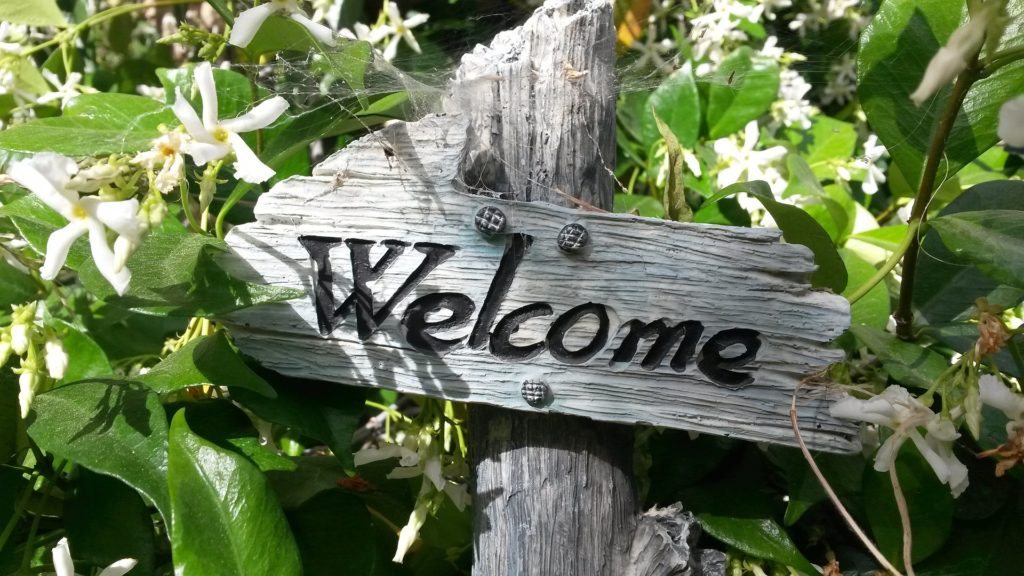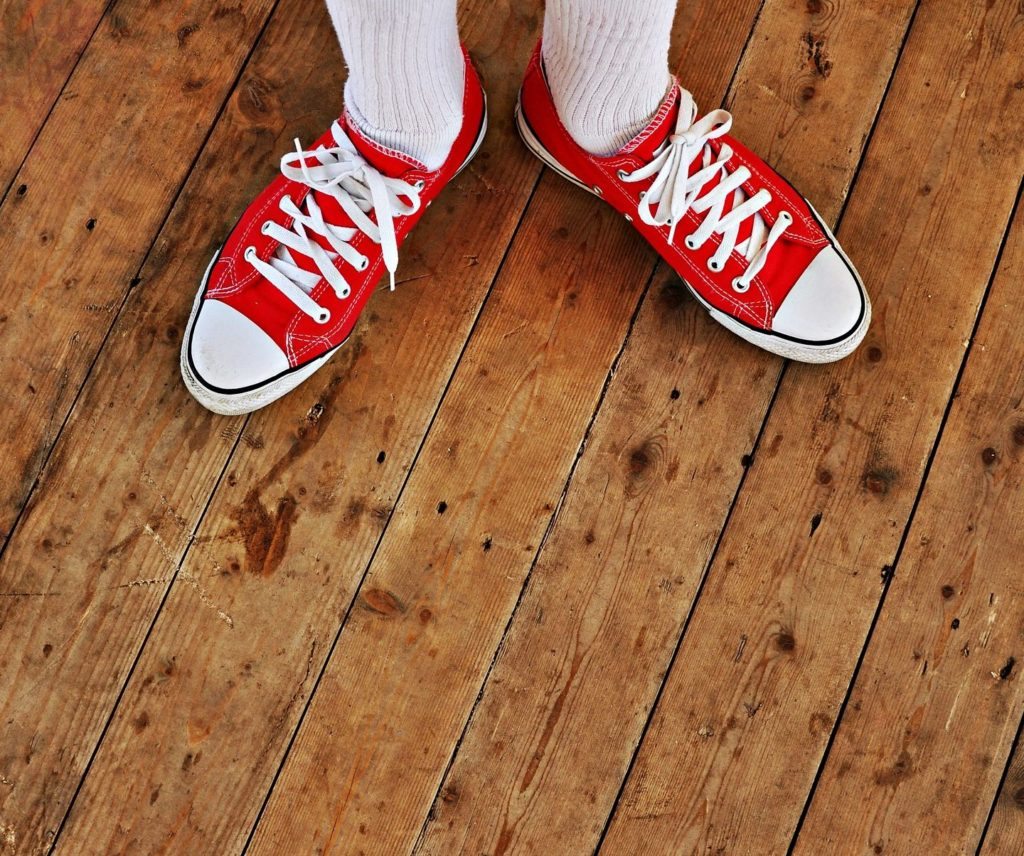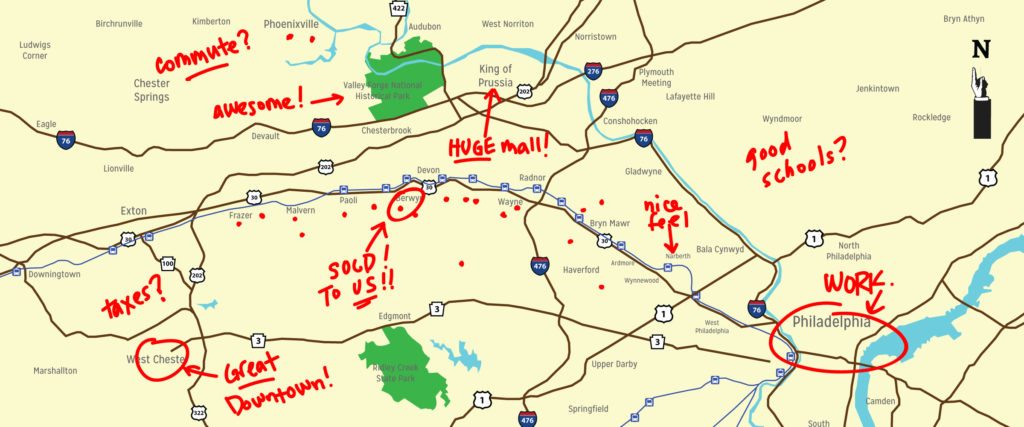
Don’t want your 10-year old discovering the sellers left their trampoline behind on move-in day? Don’t want to be surprised that the window treatments are gone?
One of the things I’ve learned over the course of many years selling real estate is how important it is, whether on the buying or selling end, to be sure that both parties are clear on what is being included and excluded in the sale. Normally, all furnishings and “personal property” is excluded, and anything “attached” to the house in included. There are certain things that are not necessarily one or the other and, in my opinion, clarification of the following items is only a good thing:
- Refrigerator (including any in the basement or garage/laundry room that are used for overflow as well as any wine refrigerators)
- Washer/dryer
- Microwave–if it sits on the counter, it’s considered personal property
- Garage/basement/laundry room shelving that is free-standing
- Chandeliers or other pendant lights and sconces
- Pool table
- Mirrors–some decorative ones in hallways or powder rooms may be considered attached by the buyer, but only hung (and not “attached”) by the seller
- Window treatments of all kinds
- Flat screen tvs and their wall brackets–if the wall bracket is removed, there will be a big hole
- BBQ, fire pit, hot tub, any exterior sculpture (like sun dials, weathervanes, etc.)
- Shed, play equipment, trampoline
- Oil in the oil tank–if a seller fills the tank just prior to moving, he may expect reimbursement at closing








